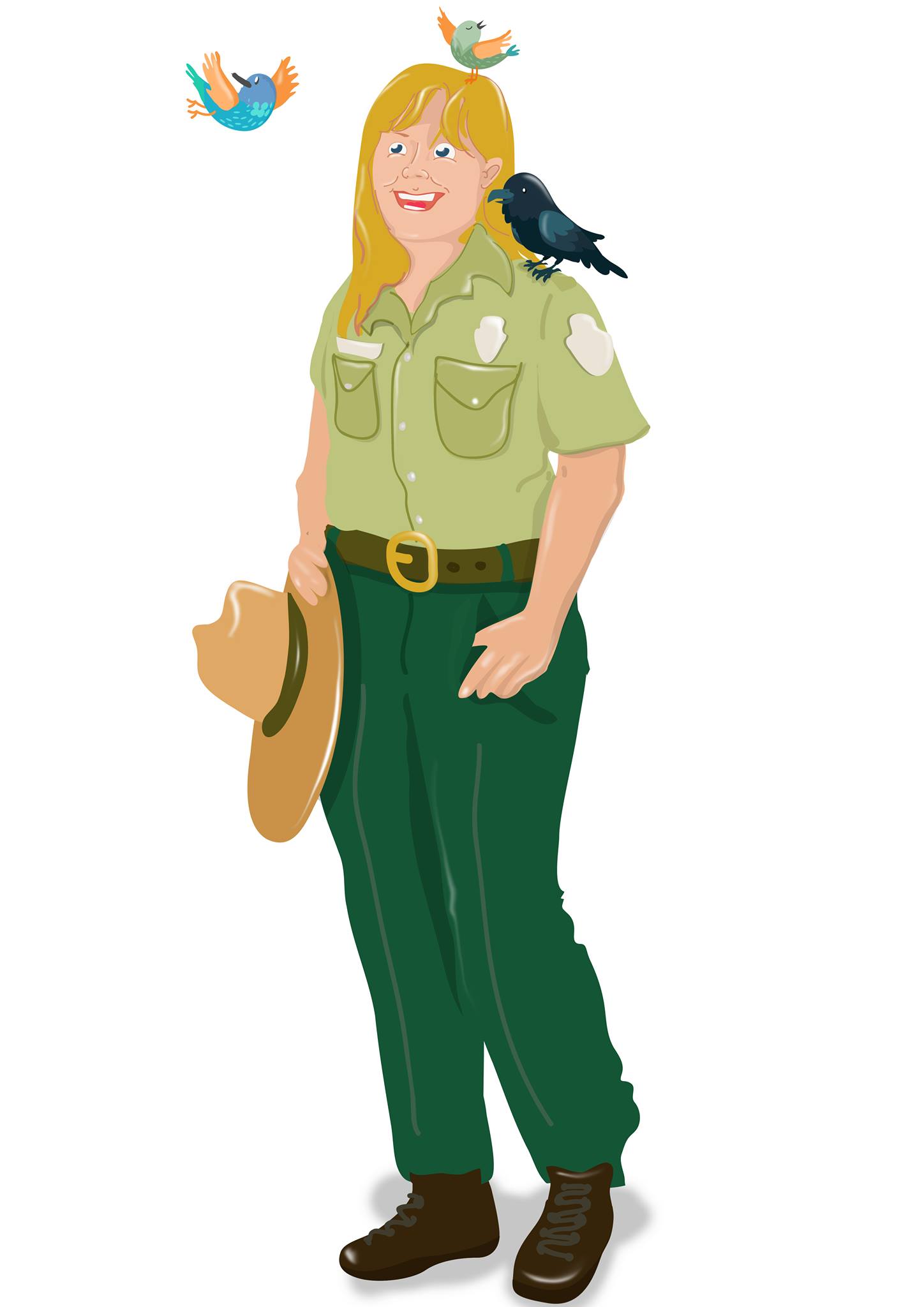
Welcome to the Clear Lake Day Use Area! You can view this area through through many lenses as you stroll its paved trails. Today, channel your inner ornithologist, grab your binoculars and bird field guide, and join me for a bird walk! I am Ranger jtcoffee, and today we’ll be discussing “Birding by S’s” as we walk around Clear Lake. If you’ve put your Discover Pass in your vehicle, you’re all set! Let’s go!
Birds can be very difficult to identify, since often we don’t see all of them, or we only see or hear them for a split second. Using the "Birding by S’s" method, you’ll be able to organize the information you have into a bird ID. The Clear Lake Day Use Area is a part of the Sun and Sage Loop in The Great Washington State Birding Trail, so we’ll have many opportunities to practice!
Here are the principles for Birding By S’s:
- Size - Once they have reached their adult size, there are very specific size ranges for each bird. Even relating the bird you’ve found to something in its vicinity will help you identify the bird.
- Shape - Is the bird sleek and slim? Short and round? Does it have a pointed or rounded tail? Does it have a crest on its head? Even if the bird is far away, the silhouette can be describable.
- Sound- Often, to help birders remember the various sounds birds make, words are related to each bird call. Chickadees don’t actually say “che-e-e-eesebur-ger!” when they’re defending their territory, and barred owls don’t actually ask “Who cooks for you?” but these words and phrases help us remember the calls and commit them to memory
- Season - Many birds migrate. Keeping in mind the time of year when you see a bird you don’t know will help you know if it is migratory.
- Site - If you are near a mountain top, you’re probably not looking at a duck!
- Sight - This S helps you look for field marks. What colors or markings did you see?
- Shenanigans - This is the behavior of the bird: is it hovering? Is it swimming? Is it hopping or walking around? Some bird species have everything else in common, but differ in their behavior and habits.
Here at Clear Lake, you might see birds like:

Our bird walk ends at a bird blind; a great place to quietly sit and see what birds are around you. Thanks for joining me on this lovely walk!
Driving Directions
From Naches, WA travel west on Highway 12 for 31 miles. Turn left onto Forest Road 1200 / Tieton Reservoir Rd. and follow for 2.6 miles. Look for Clear Lake Day Use sign. Day Pass or Discovery Pass required.
References
http://wa.audubon.org/node4211/sun-and-sage-loop
http://wa.audubon.org/birds/great-washington-state-birding-trail
http://www.fs.usda.gov/recarea/okawen/recarea/?recid=58171
All bird photos are from Audubon.org’s field guide.
2016 was the 100th anniversary of the National Park Service, and to celebrate, Visit Rainier and WSGA hosted the Visit Rainier Centennial GeoTour - 100 caches placed in and around Mount Rainier National Park. The geocaches highlighted the rich history, scenic wonders, quaint communities, and hidden gems of the Rainier region. Participants received geocoin and pathtag prizes for finding all the caches.

